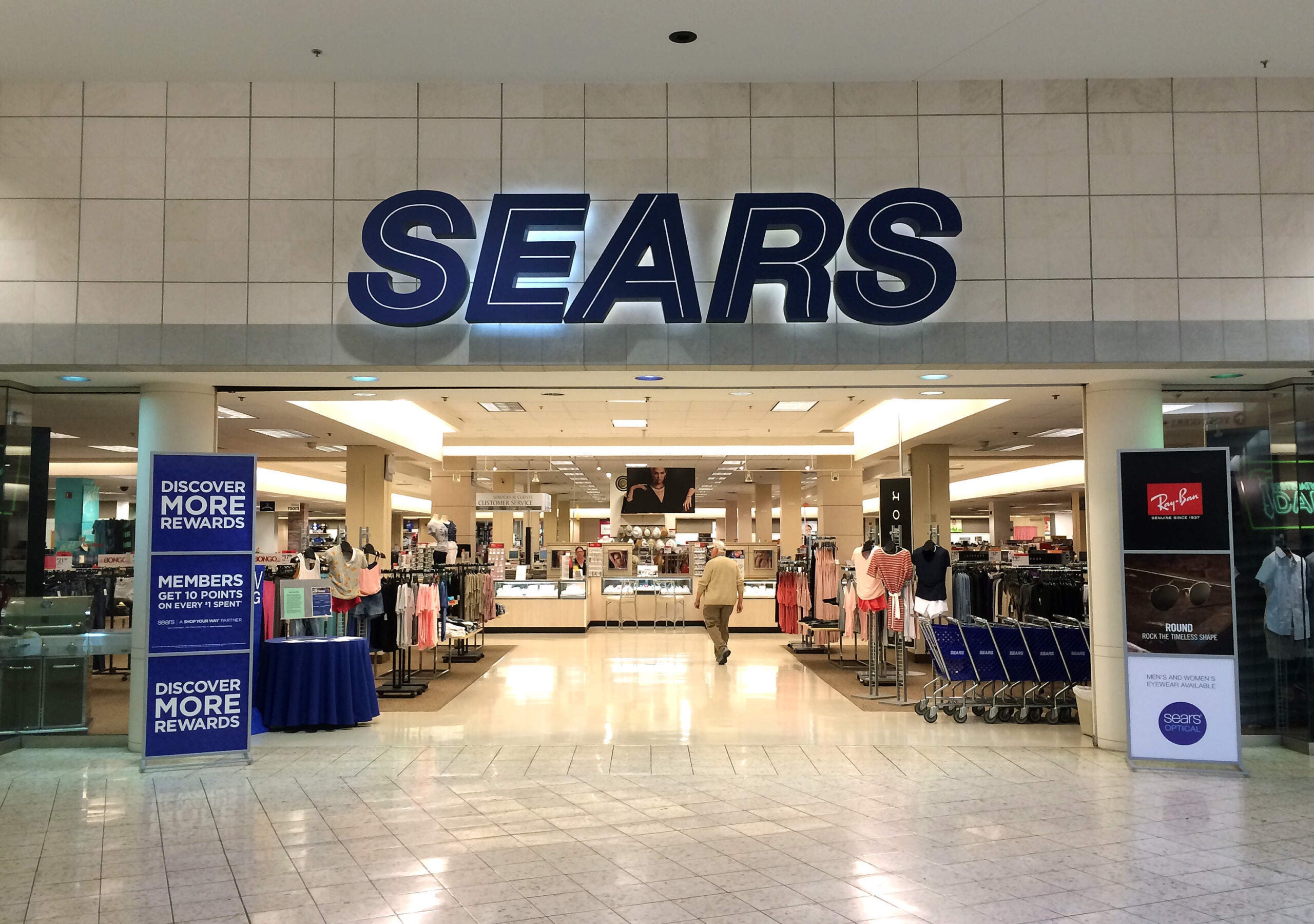
In the movie Titanic there is a line where, realising chaos is about to ensue, one character helpfully notes “it’s starting to fall apart; we don’t have much time”.
Such a sentiment could well be applied to Sears. The analogy with Titanic is also apt; not least because while Sears was once a titan of US retail, it now looks set to sink.
Here’s where it all went wrong
First, the top line has been in decline for as long as anyone can remember.
Comparable sales have been on the slide for just over eleven years. The latest quarter shows no sign of even the mildest of improvements: on the contrary, the trends have worsened.
Total third quarter revenues, which dipped by almost 14 percent, come off the back of a 20 percent decline in the prior year and a 13 percent decline in the year before that.
This is just part of a slide that has, over an eleven-year period, seen Sears’ annual sales drop by almost $28bn.
How well do you really know your competitors?
Access the most comprehensive Company Profiles on the market, powered by GlobalData. Save hours of research. Gain competitive edge.

Thank you!
Your download email will arrive shortly
Not ready to buy yet? Download a free sample
We are confident about the unique quality of our Company Profiles. However, we want you to make the most beneficial decision for your business, so we offer a free sample that you can download by submitting the below form
By GlobalDataSecond, contrary to the statement that Sears puts out every quarter — namely that it is committed to restoring the group to profitability — there is no evidence to suggest this is happening.
While it has downsized and reconfigured the business, this has not resulted in a more streamlined and profitable entity. Quite the opposite: losses at Sears are widening.
In the latest quarter, it made a net loss of $748m in the same period last year it chalked up a loss of $454m.
Even at operating level the group is deeply in the red with a $624m loss this quarter and an eye watering $1.3bn loss in the year to date.
Third, in order to fund these losses Sears is monetising its assets – in other words it is selling off chunks of the business to fund day-to-day operations.
Stores and real estate have been disposed of, and now it is starting to sell some of its brand assets.
The problem with this approach is that the funds raised are not being used to develop or grow the firm, they are being used to prop up an ailing and failed business.
As the once largest retailer in the US, Sears admittedly has a very large cushion of assets to fall back on.
However, each sale further weakens the balance sheet and leaves Sears much more at risk of becoming insolvent. Indeed, by our estimates, the company’s tangible net worth is now negative to the tune of several billion.
Sears is effectively eating itself to survive.
Fourth, if the company had a forward strategy to turn the business around then there may be some hope of a revival.
However, this is severely lacking. Initiatives like the partnership with Citi to develop a Shop Your Way credit card and allowing riders on Uber to earn Shop Your Way points are all well and good, but Sears can’t even get the basics right.
It is not hyperbole to say that most of its stores have no semblance of even the most basic shop keeping standards.
Quite simply they are badly run, badly managed, and they are places that shoppers are abandoning in ever greater numbers.
It is now too late to turn this around. The rot has well and truly set in and it is just not financially feasible to reverse.
In the near term, Sears may stumble along and make further disposals to fund the business. It will also make further store closures, not least because both Sears and Kmart have a bulk of leases expiring over the next five years.
However, these moves buy Sears nothing but time. They do not permanently plug the holes in the balance sheet; nor will they bring about a revival of the now tarnished brand.
Sears is now firmly on a trajectory to failure. It may dispute this, just as in Titanic Mr Ismay protested that “this ship can’t sink”.
But as Mr Andrews firmly reminded him: “I assure you, she can. And she will. It is a mathematical certainty”.




Related Company Profiles
Kmart Corp
Transform SR Brands LLC